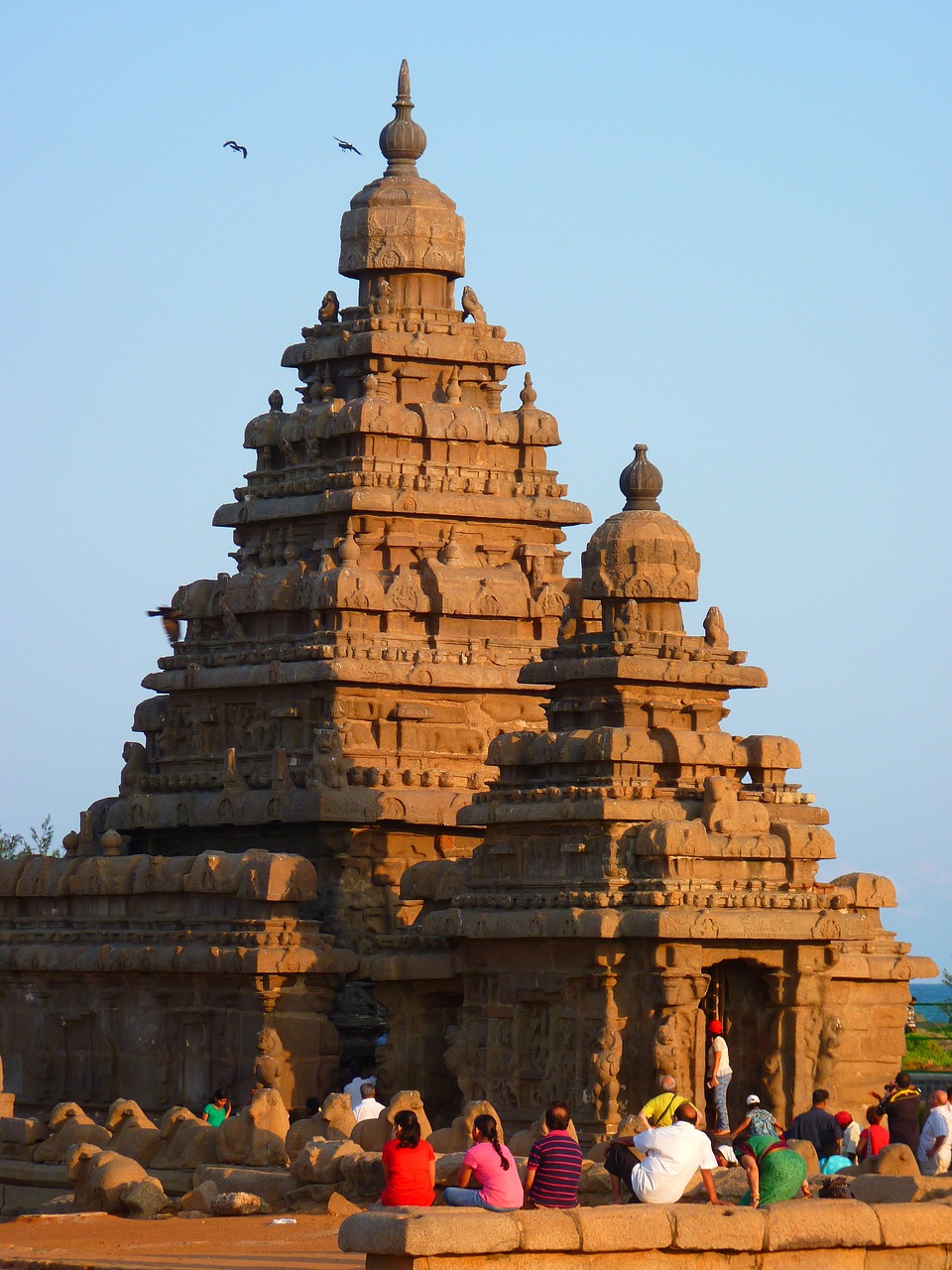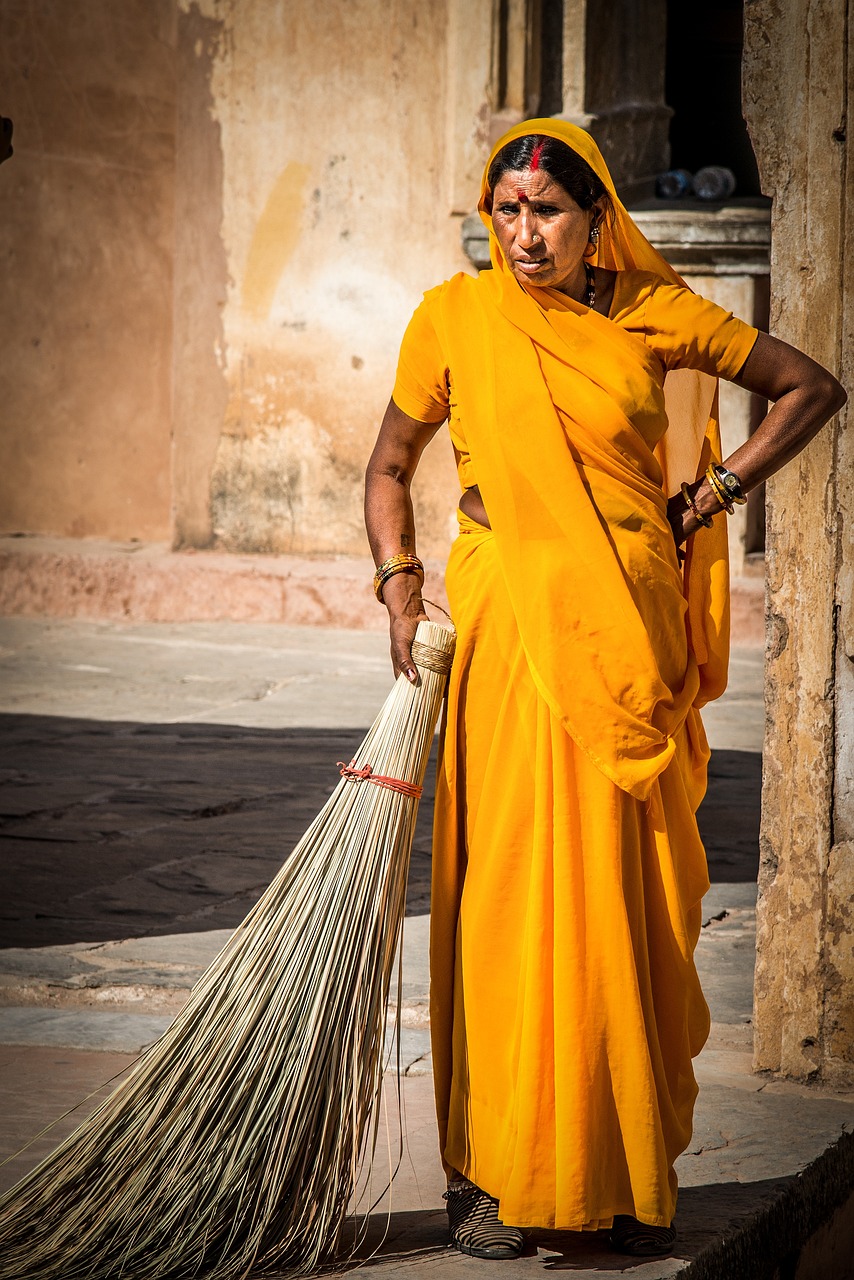India Video
Getting Around: Transportation Tips for India
India is a vast and diverse country with a rich cultural heritage and bustling cities. When it comes to getting around in India, it’s important to understand the various transportation options available. Whether you’re traveling within a city or exploring different regions, this article will provide you with detailed information and tips on navigating India’s transportation system.
Public Transportation
- Metro: Many major Indian cities have a metro system, including Delhi, Kolkata, Chennai, and Bengaluru. The metro is a convenient and efficient way to travel within these cities, with air-conditioned trains and designated women-only carriages.
- Buses: State-run buses, as well as private bus operators, offer extensive networks connecting different parts of the country. Buses are a popular mode of transportation for both short and long distances, with varying levels of comfort and affordability.
- Trains: India has one of the largest railway networks in the world, making trains a widely used mode of transportation. The Indian Railways operates a vast network of passenger trains, including local, express, and luxury trains. Booking tickets in advance is recommended, especially for long-distance journeys.
Taxis and Auto-rickshaws
- Taxis: Taxis are available in most cities and can be hailed from designated taxi stands or booked through ride-hailing apps. It’s advisable to use government-approved taxi services or reputable private operators to ensure safety and fair pricing.
- Auto-rickshaws: Auto-rickshaws, also known as tuk-tuks, are three-wheeled vehicles commonly found in Indian cities. They are a popular and affordable mode of transportation for short distances. Ensure that the meter is used or negotiate and agree on a fare before starting the journey.
Ride-Sharing Services
- Uber: Uber is available in many major cities in India, offering a convenient and reliable option for getting around. The app allows you to book a cab, track your ride, and make cashless payments.
- Ola: Ola is an Indian ride-hailing service similar to Uber. It operates in numerous cities across the country and offers various vehicle options, including auto-rickshaws and bikes.
Driving in India
- License: If you plan to drive in India, you will need a valid international driving permit or an Indian driving license. It’s important to familiarize yourself with local traffic rules and regulations.
- Traffic: Indian roads can be chaotic, with heavy traffic and diverse road users. Exercise caution, follow traffic rules, and be prepared for unexpected situations.
- Car Rental: Car rental services are available in major cities and tourist destinations. Ensure that you rent from a reputable company and understand the terms and conditions, including insurance coverage.
Air Travel
- Domestic Flights: India has a well-connected domestic air network, with numerous airlines offering flights to various cities. Domestic flights are a convenient option for covering long distances quickly.
- International Flights: Several international airports in India serve as major hubs for international travel. It’s advisable to book flights in advance and arrive at the airport well before the departure time.
Cycling and Walking
- Cycling: Some cities in India, such as Delhi and Bengaluru, have introduced cycle-sharing programs, providing an eco-friendly way to explore the city. Always follow traffic rules and wear a helmet for safety.
- Walking: Walking is a great way to explore local neighborhoods and soak in the vibrant atmosphere of Indian cities. Be cautious of traffic and use pedestrian crossings when available.
India Image 1:

India Image 2:

Planning Your Journey
- Research: Before traveling to India, research the transportation options available at your destination. Familiarize yourself with local maps, routes, and schedules to make your journey smoother.
- Timing: Consider peak hours and rush periods when planning your travel. Avoid traveling during major festivals or public holidays, as transportation services may be crowded or limited.
- Language: Learn a few basic phrases in the local language, especially for communicating with taxi drivers or asking for directions. This can be helpful in ensuring effective communication during your travels.
India Image 3:

Safety and Security
- Personal Belongings: Keep your belongings secure while traveling. Avoid displaying valuable items and be cautious of pickpockets in crowded areas.
- Public Transport: While using public transportation, be aware of your surroundings and take necessary precautions to ensure your safety. Travel in well-lit areas and avoid traveling alone late at night.
- Emergency Numbers: Save emergency contact numbers, including local police and medical services, on your phone for quick access during any unforeseen circumstances.
Conclusion
In conclusion, India offers a diverse range of transportation options to suit every traveler’s needs. Whether you prefer public transport, taxis, ride-sharing services, or self-driving, it’s essential to plan your journey in advance and consider safety measures. Remember to respect local customs and follow transportation rules to make the most of your travel experience in India.
References
- indianrailways.gov.in
- uber.com
- olacabs.com
- india.gov.in
- delhimetrorail.com


